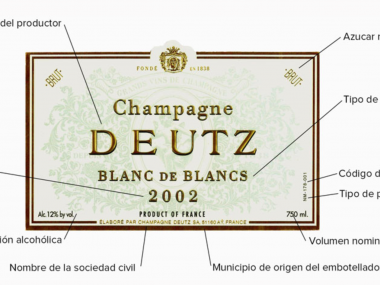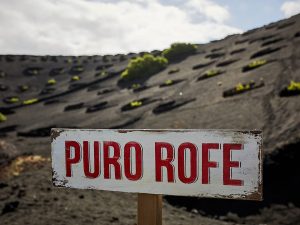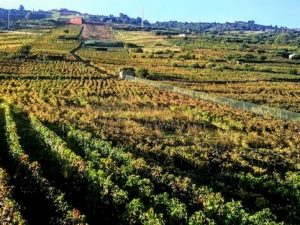When buying a wine, we pay a lot of attention to quality, which is why more and more wine lovers are opting to consume only wines with a DO (Denomination of Origin). But how does a wine get the DO? What are the Denominations of Origin of wine in Spain?
Despite what many people think, there are many more DOs than we imagine, with some of the oldest dating back to 1933, such as Rioja, Jerez or Manzanilla. These were not legally recognised until several years later.
If you would like to know much more about the Denominations of Origin of wine in Spain, this is of interest to you!
How does a wine obtain the DO?
The Denominations of Origin are considered to be the system used in our country to be able to recognize the quality that a wine has, as well as its own characteristics and differences depending on the geographical place of production, among other factors.
In order for a wine to obtain the Denomination of Origin, it must meet a series of indispensable requirements:
- The wine in question must be made in the area or region of the DO that it is applying for, using grapes from the place only
- It is key that it has a number of special characteristics and optimum quality that can only be obtained by being produced in that geographical area
- It must be highly regarded for its origin in the market
- At least five years must have elapsed since the wine was recognised as a product of that area.
Denominations of Origin of wine in Spain
Only in Spain we can find dozens of types of Denominations of Origin that are interesting to know. While it is true that some DOs are better known and more popular than others, they all enjoy wines of excellent quality that are worth tasting and comparing.
Before getting into the subject, it is important to point out that, of all the DOs that exist, only two are Qualified Denominations of Origin: Rioja and Priorat. In other words, they comply with even stricter regulations and controls than the rest. Within the Denominations of Origin of wine in Spain we can find the ones mentioned below:
Andalusia:
- Condado de Huelva
- Jerez-Xérès-Sherry
- Malaga
- Manzanilla Sanlúcar de Barrameda
- Montilla-Moriles
- Malaga Sierras
Aragon:
- Calatayud
- Campo de Borja
- Cariñena
- Somontano
Balearic Islands:
- Binissalem
- Pla i Llevant
Canary Islands:
- Abona
- El Hierro
- Gran Canaria
- Islas Canarias
- La Gomera
- La Palma
- Lanzarote
- Tacoronte-Acentejo
- Valle Güimar
- Valle de la Orotava
- Ycoden-Daute-Isora
Castilla y León:
- Arlanza
- Arribes
- Bierzo
- Cigales
- Ribera del Duero
- Rueda
- Tierra de León
- Tierra del Vino de Zamora
- Toro
Castilla-La Mancha:
- Almansa
- La Mancha
- Manchuela
- Méntrida
- Mondéjar
- Ribera del Júcar
- Uclés
- Valdepeñas
Catalonia:
- Alella
- Catalunya
- Conca de Barberá
- Costers del Segre
- Empordá
- Montsant
- Penedés
- Pla de Bages
- Priorat
- Tarragona
- Terra Alta
Comunitat Valenciana:
- Alicante
- Utiel-Requena
- Valencia
Extremadura:
- Ribera of Guadiana
Galicia:
- Monterrei
- Rías Baixas
- Ribeira Sacra
- Ribeiro
- Valdeorras
Madrid:
- Wines of Madrid
Murcia:
- Bullas
- Yecla
Navarra:
- Navarra
Basque Region:
- Chacolí of Álava
- Chacolí of Bizkaia
- Chacolí of Guetaria
Denominations located in various autonomous communities:
- Cava (Catalonia, La Rioja, Aragon, Basque Country, Navarra, Comunitat Valenciana and Extremadura)
- Jumilla (Murcia y Castilla-La Mancha)
- Rioja (La Rioja, Basque Country and Navarra)






